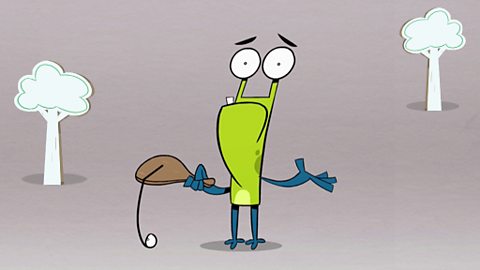Writing
Small Town Superheroes
The Small Town Superheroes have an urgent mission for you! Use your KS1 English skills to solve the problems and mysteries that occur in Small Town.
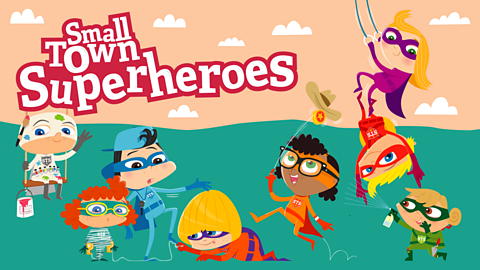
Karate Cats
Struggling with grammar, punctuation or spelling? Visit the dojo to train with the very best Karate Cats and become an expert in these important KS1 English SATs topics!
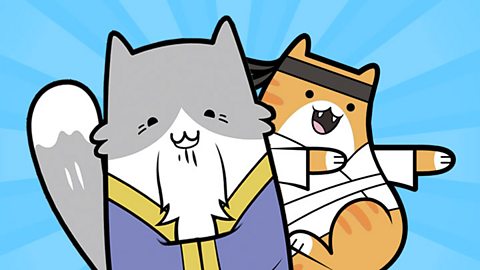
What are the differences between writing and speaking?
Talking and writing are two types of communication. We talk and write to help people understand us better.
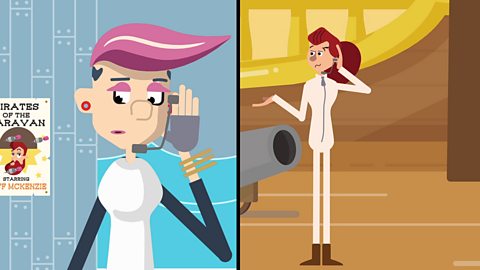
Written instructions
Instructions tell us how something should be done. They guide us, step by step and in the right order, so that we can achieve our goal.
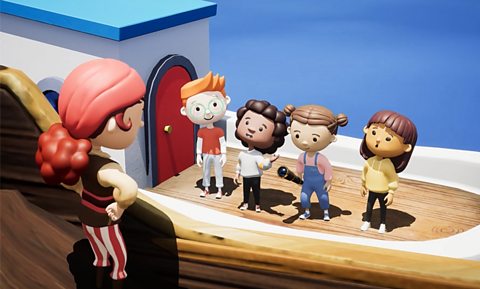
Experimenting with language
When you are writing a story, a poem or even a letter to someone, you can make it sound much better by adding in interesting words.
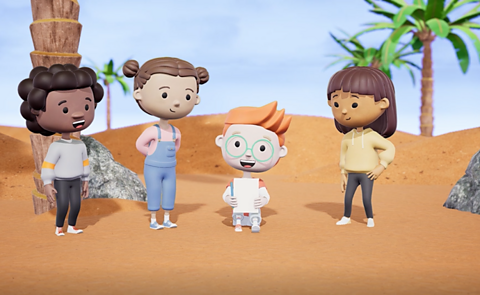
How to write a sentence
Discover some tips for writing clear and neat sentences.
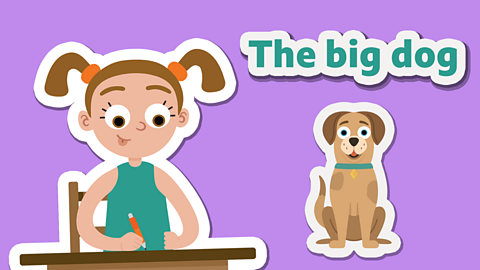
How to write statement sentences
Learn how to use statement sentences to tell your reader a fact or idea about a topic.
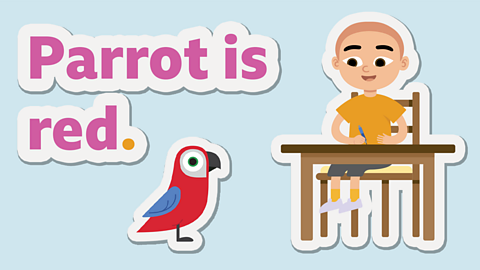
What does an author do?
Find out how an author decides what to write about in a story.
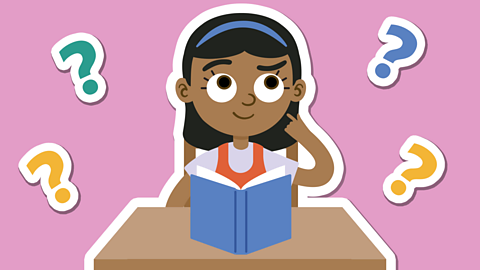
How to plan your story
Find out some useful tips to help you plan your story.
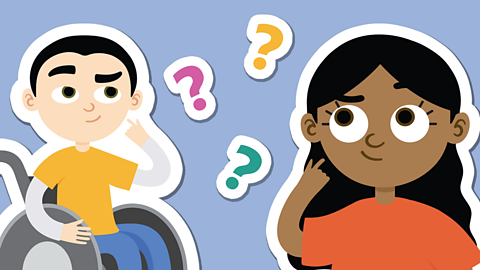
How is a story structured?
Find out why most stories consist of a beginning, a middle and an end.
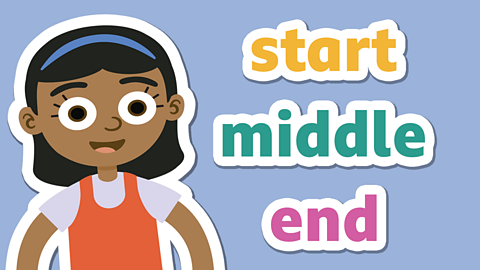
What is a setting?
Find out what a setting is and how you can use them in your stories.
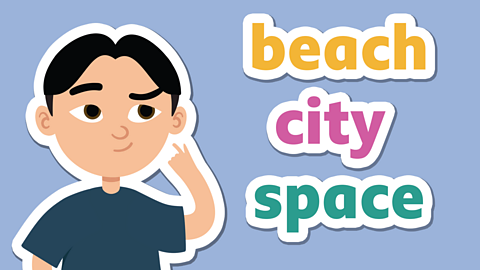
How to invent a new character
Find out about some of the different questions authors think about when they are inventing new characters.
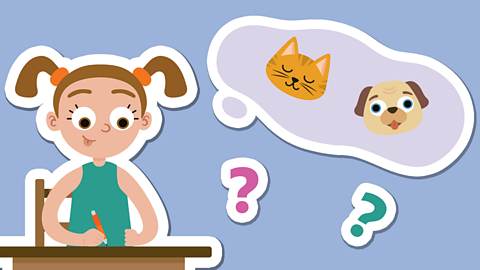
How to think about your purpose for writing
Explore how your writing can have different purposes depending on the subject or what you want to communicate.

How to write for different audiences
Find out how you should think about the language you use when writing for different audiences.
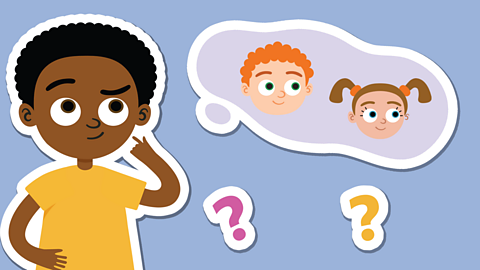
Proofreading and identifying errors
Find out why it's important to check your work for errors.
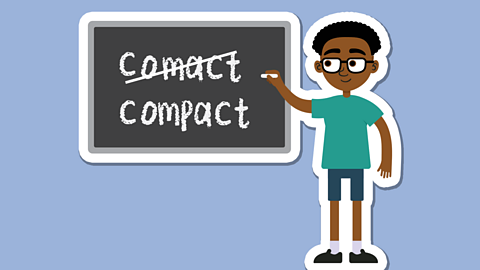
Context for writing
Find out how changing the context can affect your stories.
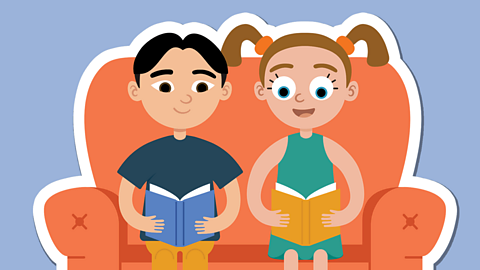
What is a dictionary?
We can use a dictionary to find out the meaning or spelling of a word.
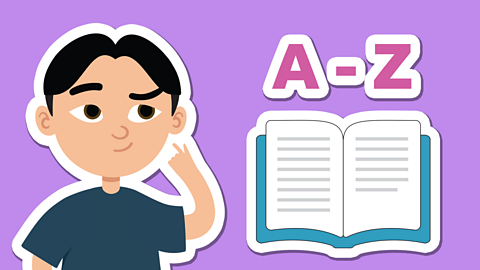
What is a thesaurus?
If you want say or write something differently, a thesaurus provides alternative words with a similar meaning.
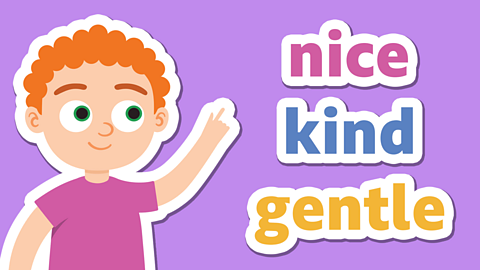
What are nouns?
Find out how you can use different types of nouns in your writing.

What are verbs?
Learn what verbs are and how you can use them in your writing.
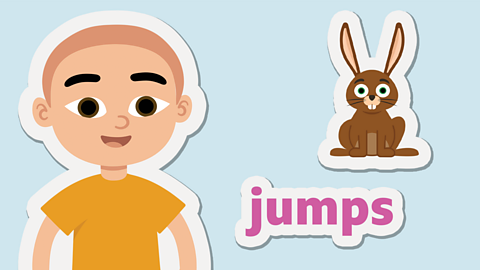
What are adjectives?
Find out what adjectives are and how you can use them in your writing.

How to write command sentences
Find out how to use command sentences to give instructions.

How to write questions
Questions are sentences that ask something. Find out how to use them in your writing.
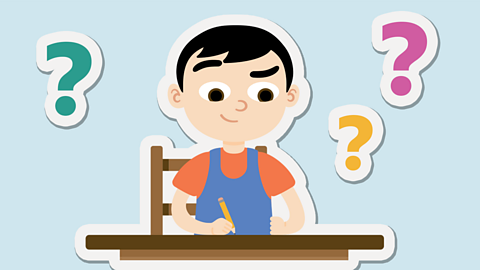
How to write exclamations
Find out how to use exclamations to show intense feelings or to get attention.

How to write statement sentences
Learn how to use statement sentences to tell your reader a fact or idea about a topic.

How to write in the first, second or third person
Find out about writing in the first, second or third person.

How to plan a story
Follow this easy to remember story mountain structure and learn how to plan a great story.

How to create a story setting
Learn how important it is to pick an exciting setting for your story.

How to create a character
Six simple steps to help you develop strong characters and make your stories even better.

How to make a poster
Need to grab people's attention? Then follow these simple rules about how to write and design an eye-catching poster.
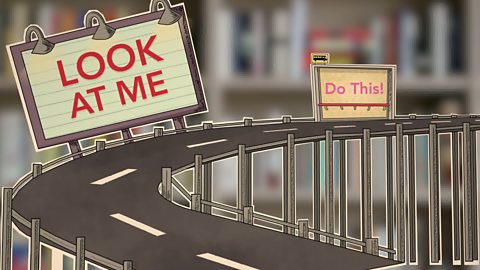
What are facts and opinions?
Learn to tell the difference between statements that are fact or opinion.

What are instruction manuals?
Instruction manuals tells the reader how to complete a specific task, by usually following a series of steps.
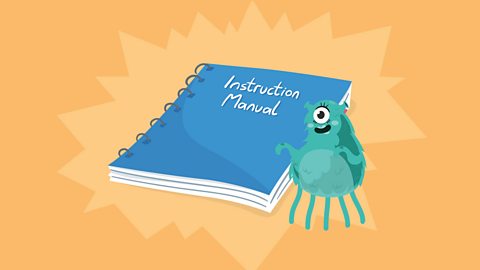
How to write a recount
Recounts are a way of retelling an important event or describing an experience you've had to others.

What are the features of a newspaper?
Newspapers tell us what is happening in the world with text and images.
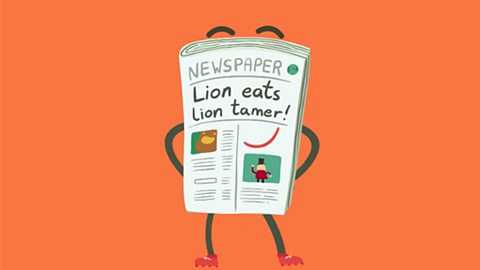
What are homophones?
Find out about homophones: words that sound the same, but are spelt differently and have a different meaning.
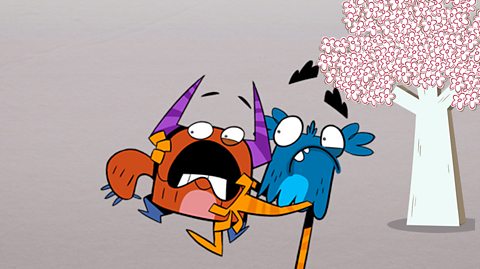
How to use to, too and two
Find out how and when to use the homophones, to, too and two.
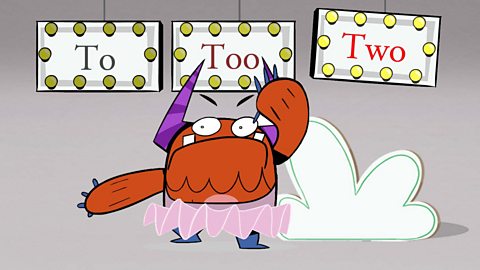
How to use their, they鈥檙e and there
Their, they鈥檙e and there are homophones. Find out when to use them.
